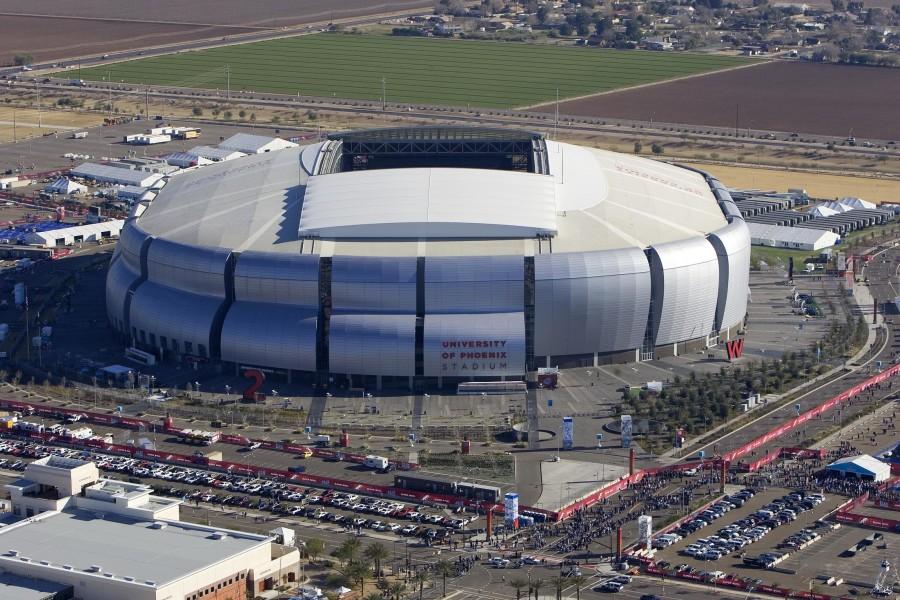America’s Supposed Super Bowl Obsession
The country seems obsessed with the Super Bowl. Most grocery stores have large displays for food that is consumed while watching the Super Bowl in the front of the store. Nearly everyone watches it, most people believe. Junior High students believed that the majority of the country watched the Super Bowl, with guesses ranging from 60% to 98% in a brief survey. Yet in the country of 316 million, only 114.4 million of the residents watched the Super Bowl, according to Nielson. That makes up 36.3% of the country. In America, there is an overly large amount of focus on the Super Bowl from the media and advertisers for the number of people who watch the game.
The Nielson ratings are the most widely used ratings to determine the number of viewers and market share of a television show. They feature several numbers, including peaks of viewership and the average number of viewers. The game averaged 114.4 viewers, and had two large jumps in viewers during the game. The first jump was the halftime show, which had 118.5 viewers, and the second was the end of the game, which reached 120.8 viewers from 6:45 to 7:00 Pacific time.
This year’s game was among the most exciting in recent history, certainly beating last year’s in excitement and suspense. This year’s Super Bowl drew 2.9 million viewers more than last year’s 111.5 million.
Some estimates put the amount of money spent on Super Bowl-related purchases at just under 15 billion dollars. That is more than 100 dollars per person counted in the Nielson television ratings, and around 30 dollars per American. Americans also lost 3.3 million dollars to Las Vegas in Super Bowl betting. Americans bet about 116 million dollars on this year’s Super Bowl, but Americans earned about 113 million of it back, a year after Vegas made almost 20 million dollars on the Super Bowl.
The Super Bowl is the most watched event in the American sports year, drawing many more viewers than other championship games, and more than some seven-game series. This year’s Super Bowl drew almost as many people as the NBA finals did in 2013 (in seven games) and more than last year’s five-game finals. The Super Bowl’s rise has come as baseball has fallen, with its own seven-game World Series last October, which clocked in at about 91 million viewers for the series. The Stanley Cup finals was at only about 25 million viewers for last June’s five games. In the United States, over 26 million viewers watched the World Cup final.
The Super Bowl pales in comparison to the World Cup in several statistics. The World Cup final viewership estimates ranged from 350 million to 1 billion people worldwide, compared to the 125 million or so globally that watched this year’s Super Bowl. This is an unfair comparison in many ways, but it goes to show how the US is the only country that watches the Super Bowl. Most of the countries that competed in the World Cup had at least one game with over 50% of their country tuned in to the game, while the US’s largest game attracts less than 40% of its population.
The Super Bowl is such a major marketing focus that those who do not watch the game feel like they are in the minority, when, in reality, they are part of the majority of the country. The Super Bowl attracts a very large range of people, from across most demographics, so advertisers and stores can reach a large percentage of the population.

Paul is an 8th grader at St. Philip the Apostle School. He participates in track, cross country, basketball, flag football, alter serving, academic decathlon,...













